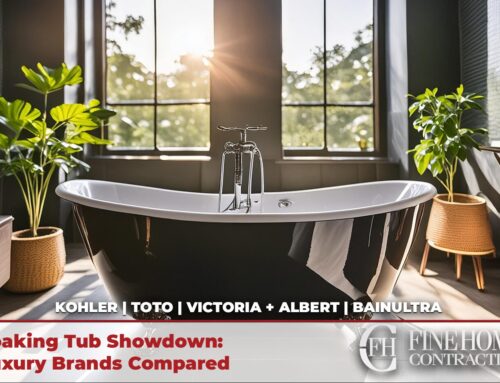When embarking on a garden design project, it’s important to have a solid plan in place. Whether you’re a seasoned gardener or just starting out, these tips will help you create a beautiful and functional outdoor space.
Garden Design
Assess Your Space: Take a good look at your garden and analyze its size, shape, and existing features. Consider factors such as sunlight exposure, soil type, and drainage.
Define Zones: Divide your garden into zones based on their function, such as seating areas, flower beds, or vegetable patches. This will help you organize your design and make the most of the available space.
Recommended Products: For defining zones, consider using low profile fencing or other decorative dividers. These are a versatile option that adds a decorative touch to your garden while also creating distinct areas and giving you complete control over the flow of movement in your space. This Emsco brand picket fencing divider from Home Depot is an option for those on a budget that can be painted to match your chosen color scheme.
Select Plants Wisely
When designing a garden in Connecticut, it’s essential to choose plants that thrive in the local climate. Consider the height, color, and bloom time of each plant to create an appealing visual display. Here are some recommended plants that do well in Connecticut’s climate conditions:
Hydrangea (Hydrangea macrophylla): Known for their large and colorful blooms, hydrangeas are a popular choice in Connecticut gardens. They prefer partial shade and moist, well-drained soil.
Black-Eyed Susan (Rudbeckia hirta): This native perennial produces vibrant yellow flowers with dark centers, adding a burst of color to your garden. Black-eyed Susans are drought-tolerant and attract pollinators.
Daylily (Hemerocallis): Daylilies are hardy perennials that come in a variety of colors and bloom throughout the summer. They are adaptable to different soil conditions and require minimal maintenance.
Bee Balm (Monarda didyma): Bee balm is a showy, fragrant flower that attracts pollinators like bees and butterflies. It thrives in full sun to partial shade and prefers well-drained soil.
Red Maple (Acer rubrum): If you’re looking for a beautiful and iconic tree for your Connecticut garden, consider the Red Maple. Known for its brilliant red foliage in the fall, this native tree is adaptable to various soil types and can tolerate both wet and dry conditions.
Hosta (Hosta spp.): Hostas are shade-loving perennials that offer a wide range of foliage colors and textures. They are perfect for adding depth and visual interest to shady areas of your garden.
Coneflower (Echinacea purpurea): Coneflowers are hardy perennials with vibrant purple or pink daisy-like flowers. They attract pollinators and are drought-tolerant, making them ideal for Connecticut’s climate.
Switchgrass (Panicum virgatum): If you’re looking for an ornamental grass that can withstand Connecticut’s weather, consider switchgrass. It offers attractive foliage and adds texture to your garden while providing habitat for birds.
Remember to consider the specific requirements of each plant, such as sun exposure, soil type, and watering needs, to ensure their successful growth in your garden.
By incorporating these recommended plants into your garden design, you can create a visually stunning landscape that thrives in Connecticut’s climate. Enjoy the beauty and diversity of these plant choices while attracting beneficial wildlife to your outdoor space.
Patio and Walkway Design
Plan for Accessibility: Ensure that your patio and walkways are easily accessible and well-connected. Use materials that are durable, slip-resistant, and complement the overall design of your garden.
Recommended Product: While many are tempted to go after purpose-built patios and walkways from masons, there are many options for walkway and patio pavers that are simple to install and don’t require expensive tools. Many suppliers offer a “Patio on a Pallet” setup, as well as guides and information on how to create your own walkway and patio designs. Here is one example of such a product from Home Depot.
Add Focal Points: Incorporate focal points like a decorative fountain, garden sculpture, or a cozy seating area to enhance the visual appeal of your patio and walkways.
Outdoor Lighting Ideas
Create Ambiance: Use outdoor lighting to set the mood and extend the usability of your garden into the evening. Install lights along pathways, highlight trees or architectural features, and consider adding string lights or lanterns for a cozy atmosphere. Consider reading our other guides on lighting design. Options specific to gardens include stake lighting, string lights, and rope lights, which can be mounted or shaped when installed to create movement throughout a space, create contrast and emphasize a focal point, or otherwise provide useful task lighting.
Focus on Safety: Ensure that pathways and stairs are well-lit to prevent accidents and provide a secure environment for you and your guests.
By following these essential tips, you’ll be well on your way to creating a stunning garden design. Remember to assess your space, define zones, choose suitable plants, plan for accessible patios and walkways, and incorporate outdoor lighting to enhance both the functionality and aesthetics of your outdoor space. Enjoy the process and let your creativity flourish in designing your dream garden!







